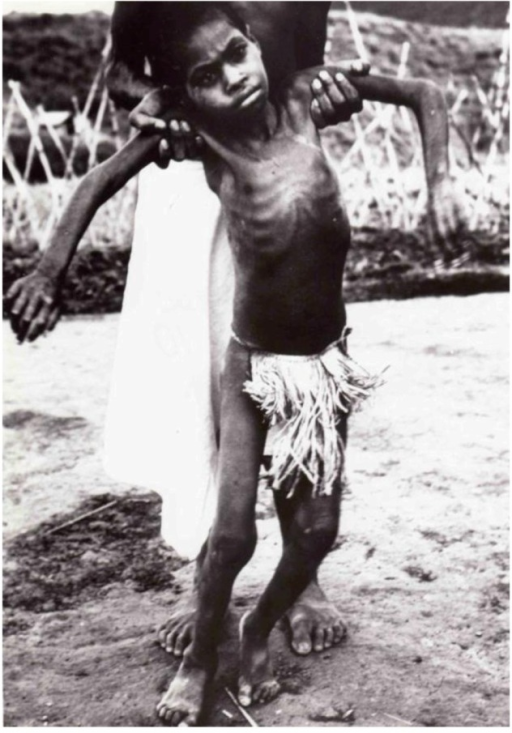Kuru: The Chilling Disease Linked to Cannibalism
Written on
Chapter 1: The Enigmatic Fascination with Zombies
Throughout history, humanity has been strangely captivated by the concept of zombies. From Mary Shelley's "Frankenstein" to the popular series "The Walking Dead," our intrigue with the undead persists. This preoccupation may stem from our subconscious acknowledgment of disease as a significant threat to humanity. The upheaval caused by the COVID-19 pandemic has heightened this awareness, making the image of a zombie—a stark reminder of mortality and illness—even more resonant.
Fortunately, no disease currently turns the deceased into brain-eating monsters. However, there exists a condition that can be contracted through the consumption of human brains: kuru.
Section 1.1: Understanding Kuru's Symptoms
In the early 1950s, scientists uncovered a shocking illness affecting a tribe in Papua New Guinea. The Fore tribe, with a population of about 11,000, saw over 200 individuals suffer from bizarre symptoms such as uncontrollable shaking, loss of coordination, and vomiting, ultimately leading to death. They named this illness "kuru," which translates to "shaking" or "trembling" in their language. Additionally, it was referred to as the "laughing death," as victims often experienced uncontrollable laughter and emotional disarray. The locals believed that sorcery was to blame, resulting in significant losses among adult women and children.
Researchers identified three stages of the disease. The first, known as the ambulant stage, involved mild headaches, joint pain, and difficulties with speech. The second stage, or sedentary stage, saw patients losing their ability to walk and experiencing severe shaking, emotional instability, and fits of laughter. The final stage, the terminal stage, led to the patient's demise, with individuals unable to sit unassisted, losing their ability to speak, and facing malnutrition as swallowing became impossible. Death typically occurred within three months to two years following the onset of symptoms.
Subsection 1.1.1: The Origins of Kuru

The root cause of kuru eluded scientists until medical anthropologist Shirley Lindenbaum proposed a theory. She speculated that the tribe's funeral tradition of consuming the deceased was responsible for the disease. For the Fore, honoring their loved ones involved cooking and eating their remains, preferring to absorb their essence rather than allowing it to be consumed by worms and parasites.
Women typically prepared the bodies, cooking them in bamboo tubes with ferns, consuming nearly all parts except the gall bladder. As a result, women were the primary victims of kuru, as they ingested the most infectious part of the body: the brain. Children also contracted the disease since they were often fed small pieces of brain by their mothers until they reached a certain age. Following Lindenbaum's lead, a team of biologists injected infected brain matter into chimpanzees, which subsequently develop